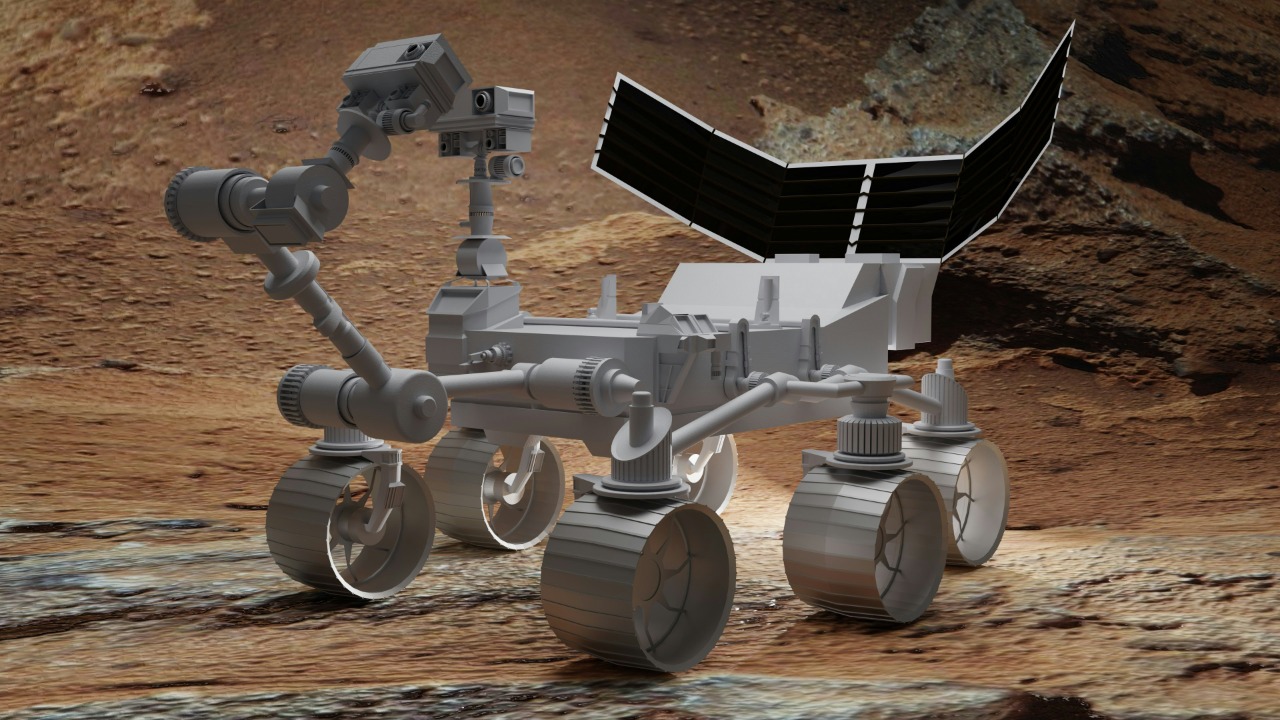
In a departure from its usual high-profile launches, NASA has embarked on a quieter journey to Mars with the launch of two spacecraft as part of the Escapade mission. This mission not only marks a shift in NASA’s communication strategy but also introduces a new trajectory to the Red Planet, potentially optimizing fuel efficiency and mission timelines.
The Escapade Mission Overview
The Escapade mission’s primary objective is to study Mars’ atmosphere and magnetosphere using two spacecraft. This mission represents a significant step in NASA’s ongoing exploration strategy. Unlike previous missions, NASA chose to proceed quietly, avoiding extensive public announcements. This approach allowed the team to maintain an operational focus, ensuring that the mission’s objectives remained the primary concern.
The mission’s timeline is tied to the key developments reported on November 8, 2025. This date marks a significant milestone in NASA’s exploration strategy, as it represents the launch of a new approach to Mars exploration. The details of this mission, including its objectives and timeline, were revealed around this date, highlighting NASA’s commitment to ongoing exploration without fanfare. More information about the mission can be found here.
Innovation in the Mars Trajectory
The Escapade mission introduces a unique orbital path to Mars, designed for enhanced efficiency. This new trajectory represents a significant departure from traditional Mars missions, which typically follow a more direct path. The innovative approach taken by the Escapade mission could potentially optimize fuel efficiency and mission timelines, offering a new way to explore the Red Planet.
The specifics of this new trajectory are closely linked to the mission’s launch details. The two spacecraft are traveling to Mars in a way that differs from previous missions in terms of distance, speed, and resource use. This innovative approach to Mars exploration underscores the mission’s commitment to efficiency and sustainability.
Technical Specifications of the Spacecraft
The two spacecraft involved in the Escapade mission are designed with a compact build, suited for the new trajectory. They are equipped with advanced instrumentation for data collection on Mars’ environment. These instruments will provide valuable data on Mars’ atmosphere and magnetosphere, contributing to our understanding of the Red Planet.
The spacecraft’s design and capabilities reflect NASA’s commitment to innovation and exploration. The compact build of the spacecraft not only optimizes fuel efficiency but also allows for a more streamlined mission execution. The spacecraft’s advanced instrumentation will enable the collection of valuable data, contributing to our understanding of Mars and its environment.
Launch and Deployment Process
The launch of the Escapade mission was executed quietly by NASA on November 8, 2025. This quiet launch represents a shift in NASA’s communication strategy, focusing on operational efficiency rather than public announcements. The deployment sequence from Earth orbit to the Mars-bound path was carried out smoothly, demonstrating NASA’s expertise in space exploration.
Despite the quiet nature of the launch, the mission faced logistical challenges. However, these were overcome through careful planning and execution, ensuring the successful launch of the two spacecraft. The quiet send-off of the Escapade mission underscores NASA’s commitment to operational efficiency and mission success.
Implications for Future Mars Exploration
The Escapade mission’s new trajectory could influence future NASA projects. The innovative approach taken by this mission offers a new way to explore Mars, potentially optimizing fuel efficiency and mission timelines. The data collected by the two spacecraft could yield valuable scientific insights, contributing to our understanding of Mars and its environment.
Beyond the scientific yields, the Escapade mission could have broader impacts on interplanetary travel strategies post-2025. The mission’s innovative approach to Mars exploration could serve as a model for future missions, potentially influencing the way we explore other planets in our solar system.
Challenges and Risks Encountered
The novel trajectory to Mars introduced by the Escapade mission comes with its own set of risks. These risks, however, were carefully considered by NASA, and mitigation strategies were put in place to ensure the safety and success of the mission. Despite these challenges, the mission’s quiet profile allowed the team to focus on operational efficiency and mission success.
While the mission’s quiet profile may have presented its own set of challenges, it also allowed the team to focus on the mission’s objectives. This focus on operational efficiency and mission success underscores NASA’s commitment to exploration and discovery, even in the face of potential risks and challenges.
More from MorningOverview